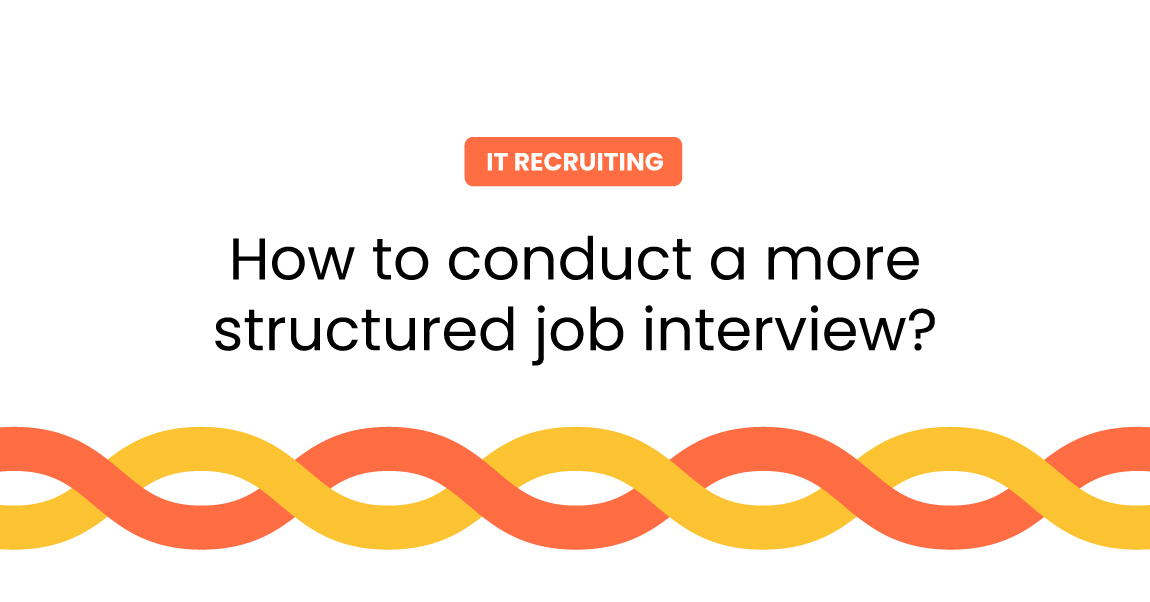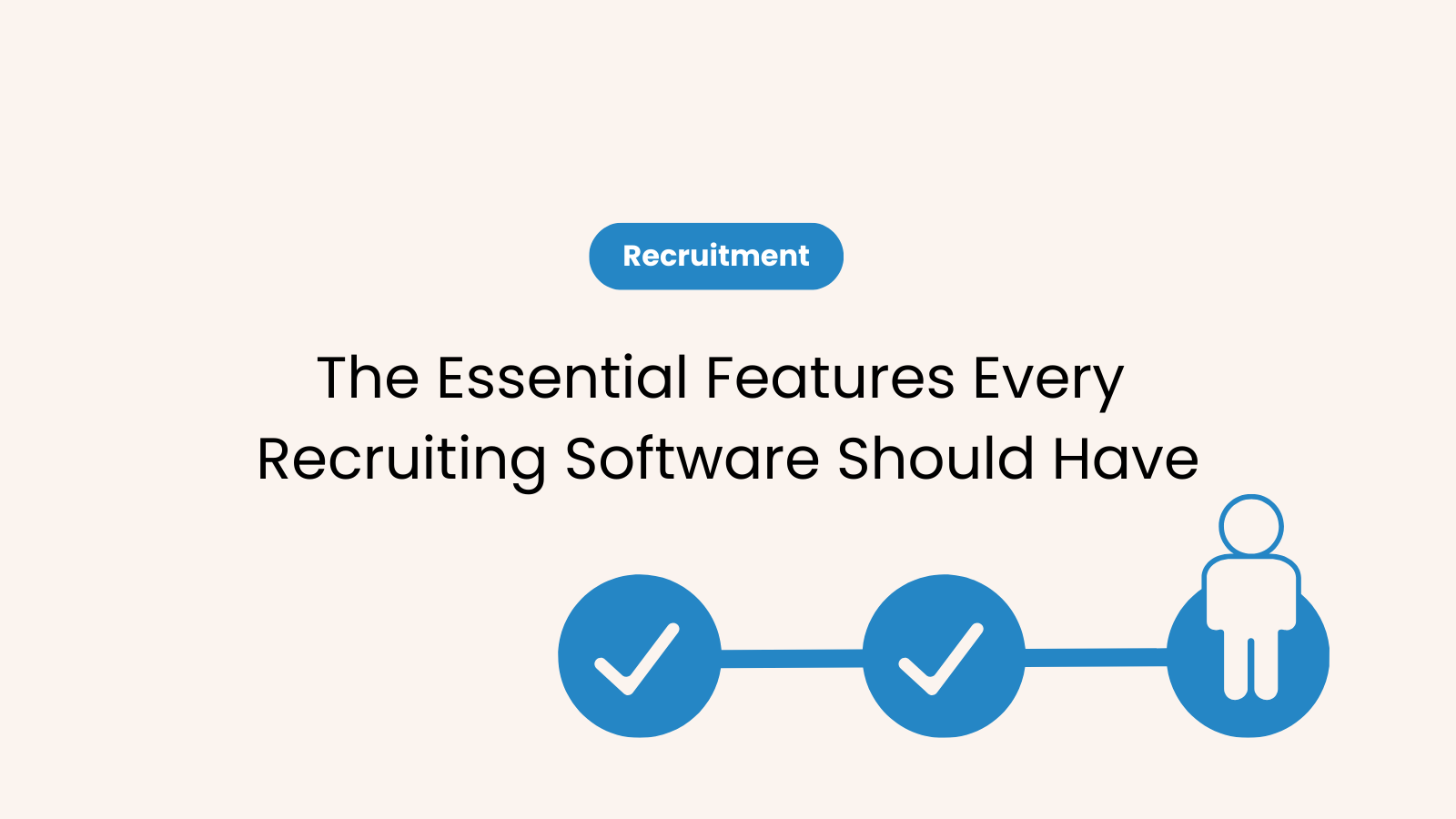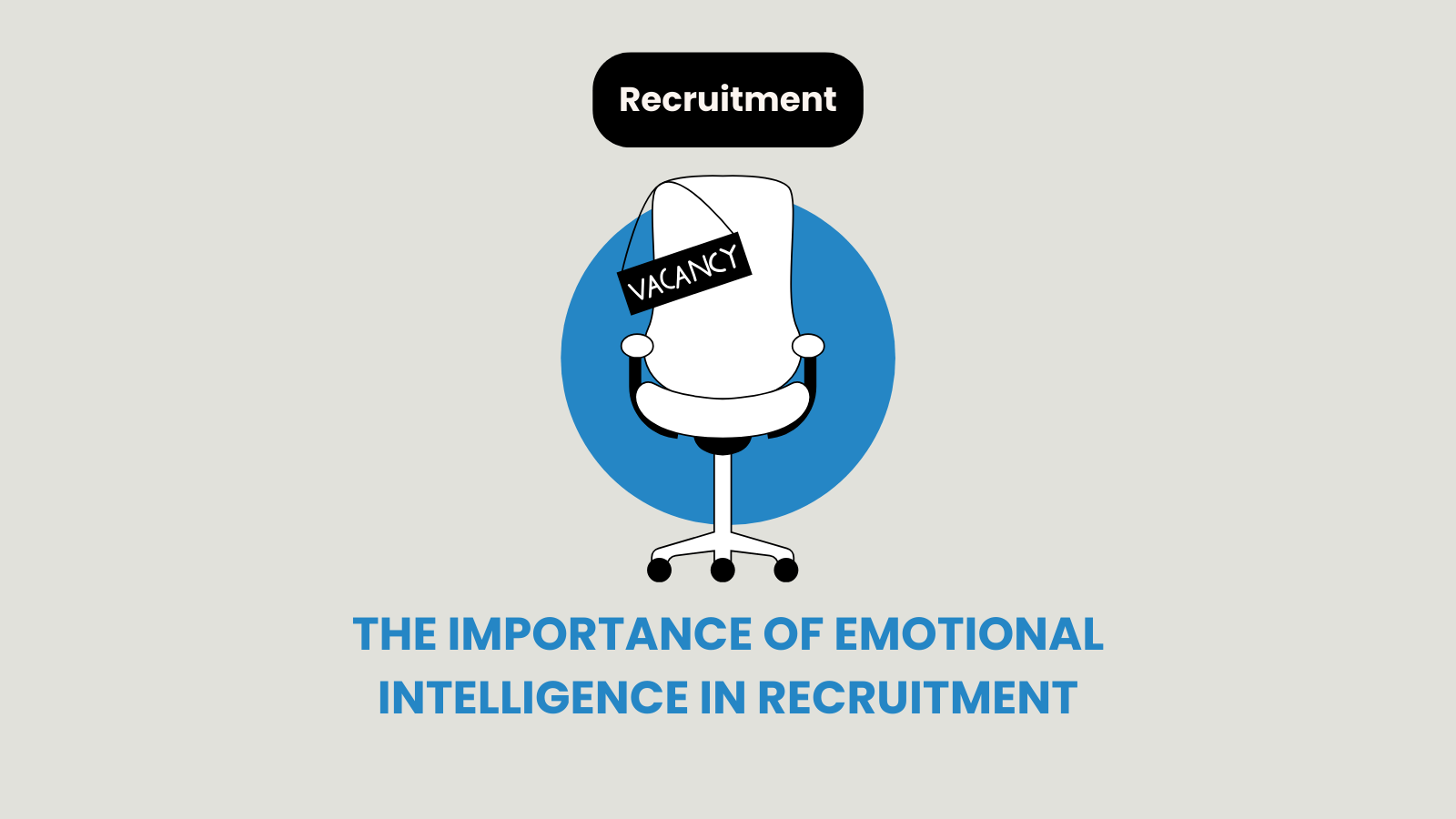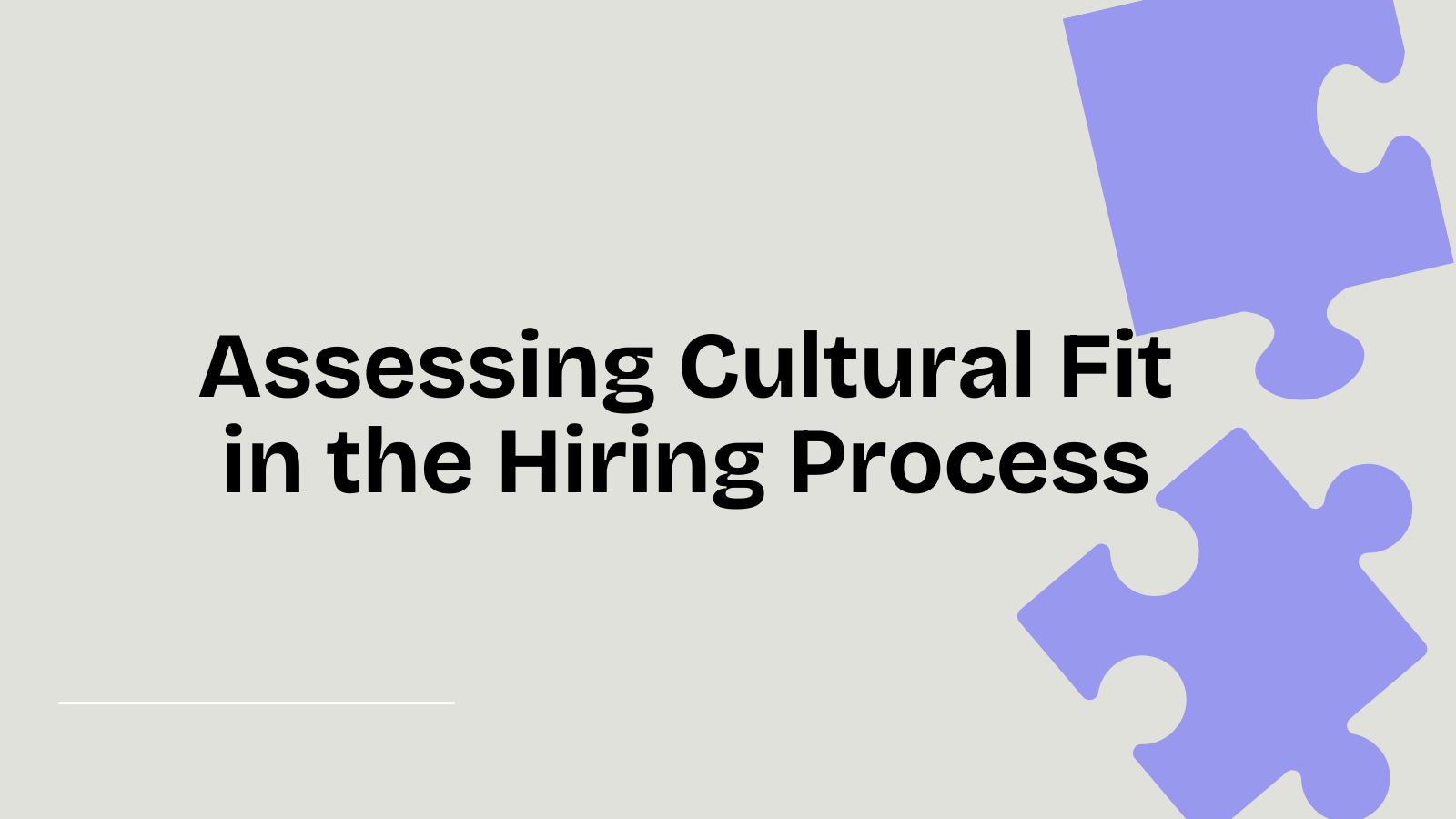How involved are your employees? Do they show initiative or yawn whenever you have a meeting? We’ll let you know a little secret: you don’t need a clairvoyant to guess their true thoughts and actual perception of your company. That’s what these important employee engagement metrics are there for. Actually, they’re way more than important. Your future can become a lot brighter thanks to these analyses and measurements.
So, what are the best metrics for measuring employee engagement & which tools can you use to track them? Get ready because we’re about to unlock the ways to make your team happier, more productive, and engaged.
What is employee engagement, and why is it important?
There’s no such thing as a worker who has never zoned out during their working hours. But still, if it happens way too often, that’s a massive red flag. Don’t you agree? And that’s precisely why companies must pay their undivided attention to these two: employee experience and engagement. (Spoiler alert: these two aren’t, in fact, synonyms).
So, what is meant by employee engagement? In most simple words, this term stands for the level of readiness and commitment a worker feels toward their daily job. Furthermore, it is a key strategic business objective. How so? Well, there are countless reasons. But better retention rates, improved quality of work, and increased productivity come to mind first. And surely – an engaged crew and positive impression will help your recruitment efforts in the long run!
What are examples of employee engagement?
There are many elements that can be labeled as examples of employee engagement done perfectly. All of them can influence overall experience, fulfillment, and retention. These are the key areas and examples you must focus on:
- An onboarding process that encourages new hires and gives them relevant information,
- Strong workplace culture and brilliant little ways to boost it through actions, campaigns, benefits, and more,
- The set of most efficient and practical tools and equipment which will help all workers with their daily tasks,
- Excellent leadership and clear goals, along with super transparent and pleasant communication,
- Enough room to grow and acquire valuable knowledge and new sets of skills regularly.
Pro tip: It’s always best to go the extra mile. For instance, some of the top employee benefits that attract top talent (and keep them engaged, loyal, and pleased) can be even more personalized. The same goes for development plans and educational opportunities.
A guide on measuring the most important employee engagement metrics
In the era of great uncertainty and a massive rage quitting trend, it’s inevitable to be extra cautious and innovative. Keeping track of your employees’ satisfaction and productivity is an awesome way to secure your firm while minding everyone’s wellbeing. So, how to measure employee engagement? Start with these five key metrics:
- Resilience,
- Absenteeism,
- Net promoter score (NPT),
- Employee turnover rate (ETR),
- Productivity and profitability.
Each metric comes with a specific formula or can be tracked through surveys, polls, questionnaires, and more. Asking for feedback and checking up on the employees’ aims, aspirations, and interests will benefit everyone. Knowing exactly what to offer and giving a shot to fresh ways to keep the staff engaged and happy favors each individual and the company as a whole.
Learn about employee resilience
Resilience is a key power when it comes to the workplace. It allows employees to adapt successfully to a continuously changing climate. For instance: there was this major switch from on-site to remote work, and now there’s a whole new type emerging, a hybrid environment.
Here, a resilient worker will likely stay with the company for a long time. On the other hand, a low resilience score points to the risk that an employee will probably leave quickly.
Factors that help pinpoint employee resilience include self-efficacy, social support, and positiveness regarding the company’s future. Normally, there’s a considerable gap in stability and resilience score between those workers who plan to stay within the company for at least 3 to 4 years and those who will probably change their job in less than a year.
Use surveys & scales for measuring the score
So, what’s the formula here? First of all, you’ll need to put together different indicators collected through tracking polls and surveys to measure resilience. The questions you can ask can involve a work-life balance, describing a daily routine and communication with other teammates, and checking out if there’s an aspect where they need help. Typically, these questionnaires include a 1-5 scale.
Pay close attention to absenteeism
There’s no shadow of a doubt: this is one of the most important employee engagement metrics you simply have to keep an eye on. Absenteeism represents regular or chronic workplace absence. It can often be unplanned and unapproved. Here’s a disclaimer: workers could experience major personal or family issues. In that case, it’s only crucial to have an honest chit-chat and come to an agreement (and offer help). Nonetheless, if their absence becomes a habit, it is a nearly certain warning signal.
A simple formula to measure absenteeism
It’s best to canvass your internal state of affairs and track employee engagement metrics with a formula. So, what’s the drill when it comes to measuring absenteeism?
You can use a tech solution to identify missed working hours, sick leaves, and days off taken repeatedly and without a proper announcement. There is a tool that automatically tracks working time. But if you do, it’s crucial to spot unexcused absences and separate them from approved ones.
Once you grab hold of the basic information and set apart allowed leaves from unauthorized, use this simple formula to get the percentage of absenteeism:
((# of unexcused absences)/total period) x 100 = % of Absenteeism
By getting these essential insights, you’ll be able to evaluate your efforts and environment and come up with new solutions more smoothly.
Find out about Net Promoter Score (NPS)
NPS simply has to be at the very top of the list of the crucial employee engagement metrics. So, yes, it is vital to check it up repeatedly. NPS helps the company build-up and renew its employer brand and recruitment tactics. Also, it helps us all identify and promote a unique value proposition each company has.
So, how do we measure NPS? Well, it all comes down to a single question. The truth becomes exposed after asking your staff: How likely would you recommend our company to a friend? People ready to advocate for their workplace are seen as promoters and are likely to help you turn candidates into brand ambassadors.
Tips to track down NPS
If you ask your employees how open they are to recommending their company to other job seekers, it’s best to offer them the 1-10 scale to depict their answer. Then, after you obtain the responses, break them into these three groups:
- 9-10 are your absolute promoters
- 7-8 are pretty neutral
- 0-6 are your main critics
Nevertheless, there is another trick to learn. If you’re running a large organization, you should aim for more average responses. So, how to calculate the overall NPS score? Use this formula:
% of total promoters – % of total detractors = NPS
Here’s another staggering fact – what’s perceived as satisfactory or poor NPS score will vary greatly across the industries. But some benchmarks will pretty much remain the same regardless of your niche. So we can always see that a >30 score is considered a neutral or good NPS.
Get ready for eye-opening facts about the employee turnover rate (ETR)
Improved employee experience and engagement are inseparable from high retention rates. Think you have an awesome thing going on? Better review it and revisit your tested strategies while things still favor you. It’s better to crush the reasons for job dissatisfaction and lower turnover – before it becomes critical.
But how to find out something’s off-target while you’re still on time to act? Start by measuring ETR monthly, quarterly, and yearly. Here’s how:
(The number of employees who left the company / average number of employees) x 100 = % of ETR
Each metric works differently for a specific company. The same goes for this one. And so, make sure to keep this in mind: the percentage between 10 and 30 for diverse business domains suggests that the company does well.
How to boost your results & lower turnover
As we mentioned, we have witnessed a colossal growth in rage quitting over the year behind us. This tendency was especially noticeable in the US, where millions of people chose to seek brand-new job opportunities. In fact, a mind-blowing number of 4 million unsatisfied US workers left their employers in April 2021. According to the US Bureau of Labor, another 4 million have resigned in July. So, it’s needless to say that companies in America (and the rest of the world) must do something about their turnover rates. And they have to act fast! So, here are a few tested tips that are bound to work:
- Reviewing and enhancing salaries and sets of benefits, as well as performance-based rewards,
- Being as flexible as possible regarding working hours, daily schedule, and remote work, and promoting a balanced lifestyle and healthy routines,
- Offering career and employee development opportunities,
- Being innovative and oriented toward using the hottest technologies and the best tools,
- Building and boosting a strong and awe-inspiring culture and nurturing a supportive environment.
Lastly, it is crucial to have a clear mission & vision. Furthermore, a precise and manageable scope of work and achievable goals to pursue are key factors in every firm. Also, listening to what the staff actually wants and needs and being respectful to every team member is the ultimate way to increase satisfaction and retention.
New hire 90-day failure rate & tested tips for a successful onboarding
If you’re currently in a crisis, just remember: employees can change their minds and become engaged. You only have to offer them the right tools and some training. Plus, you should change your mindset as well and become more genuinely interested in their needs. So, start from the very beginning. If the onboarding process is poor, you can give a kiss goodbye to any kick-ass strategy that you saved for later. In fact, a bad onboarding experience is the main cause for new hires to leave during the first 90 days.
So, here’s how to play your cards right from the very first encounter:
- Set and align all duties and expectations,
- Reflect the workplace model throughout the whole process by combining methods and types of meetings,
- Balance learning and doing while establishing good, healthy, and productive habits,
- Assign a mentor and/or a working buddy and include weekly itineraries,
- Allow a smooth transition culture-wise and encourage all teammates to make a new hire feel like they belong in the squad,
- Collect all tools and resources in advance and cover everything – not just the basic things.
A standardized procedure is something you should absolutely have. However, since each newly hired person is different, be prone to customization. Adjust your processes to offer an amazing welcome.
Pro tip: Start building a superb experience and a firm connection much earlier. Become a top-choice employer during the recruitment process.
Keep tabs on productivity + profits
This one’s quite straightforward. You simply need to look into the willingness and efforts invested and the results your team yields. That’s inseparable from the money you’ll ultimately make and pile up. If the workers don’t feel motivated and aren’t engaged, the figures won’t skyrocket. The other fields that will be affected and help you save a dollar or two (if everyone’s happy & engaged) include reduced costs of sick leaves, fewer compensation claims, and more – recruiting and hiring fees and expenses included!
Best employee engagement measurement tools
You can use a wide range of tools and approaches to go after employee engagement metrics. First of all, employee surveys and stay interviews are always a simple yet clever choice because they provide all sorts of valuable insights. HR platforms can help companies collect feedback, and many social media pages can grant the same type of information regarding your workers’ (and candidates’) sentiment. Frequent 1:1 meetings and chit-chats with small groups can also do the trick for you. Just make sure to establish mutual trust, ask the right questions, and be ready to deal with any kind of criticism.
Track these important employee engagement metrics & enhance your ways
Studies show that 38% of engaged workers are significantly more productive. That’s why you need to get your hands on the most effective tools and complete your knowledge and tactics by tracking down the essential employee engagement metrics. Knowing exactly where you stand and whether there’s an economical yet brilliant way to turn the tables fast is a must-have for a successful future. So, just follow these steps and guidelines.




